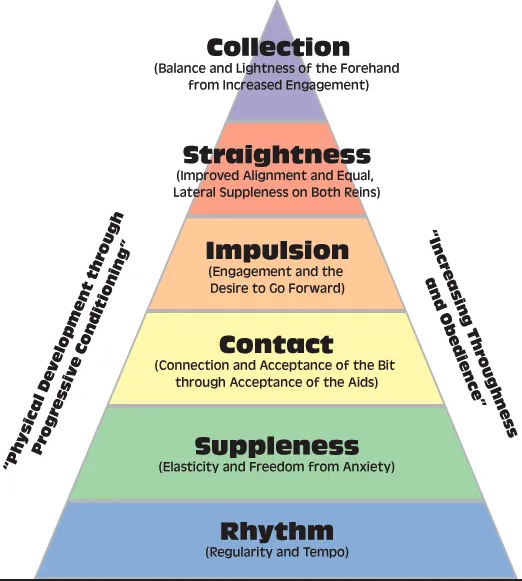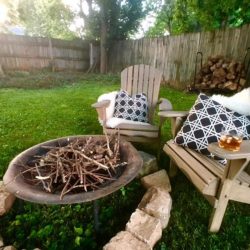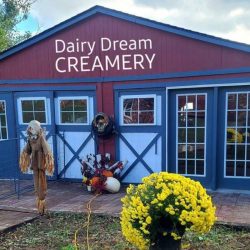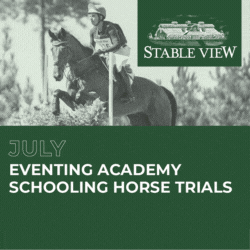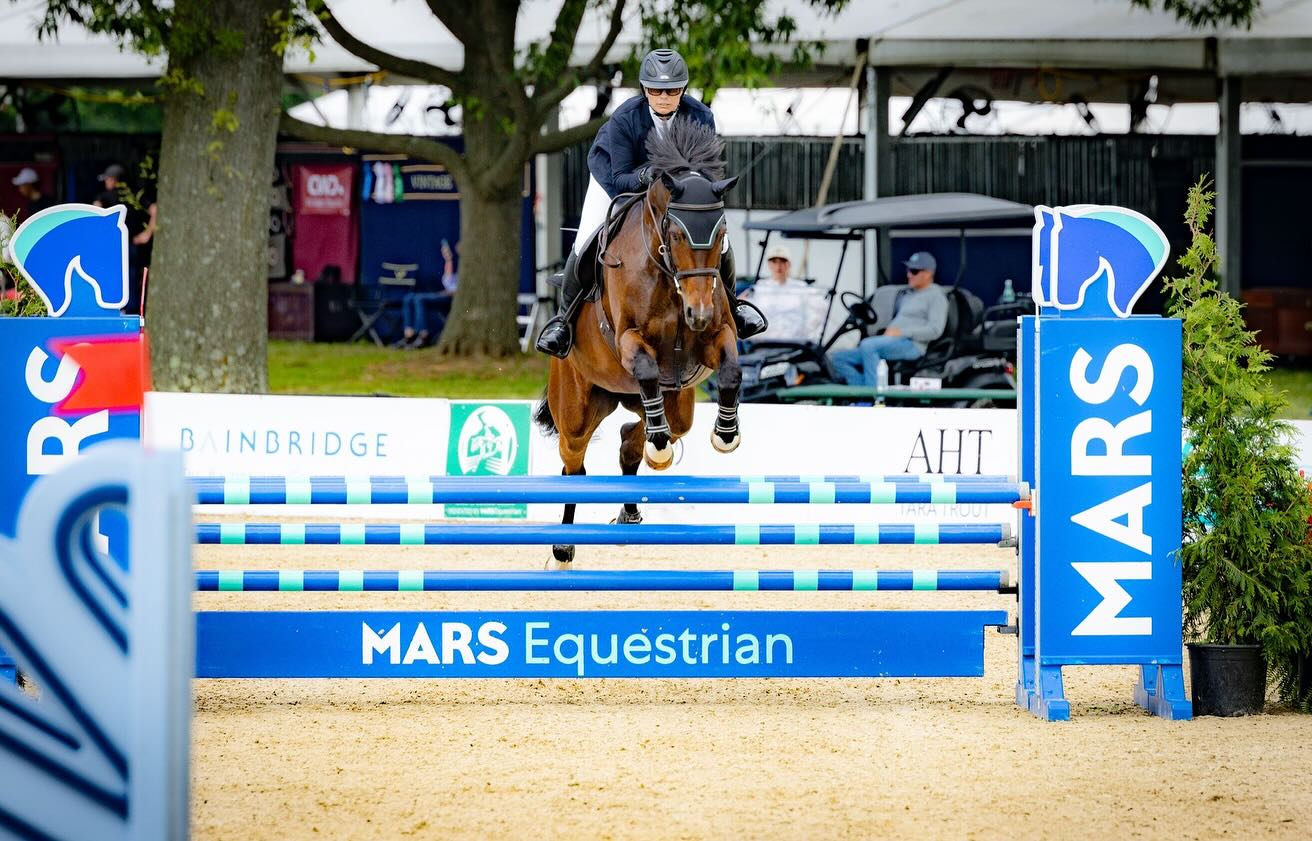My travel-hungry little brain has been living for Leslie Wylie’s AirBNB roundups this week – I’ve now picked my pad of choice for trips to Ocala, Aiken, and Tryon that I don’t even actually have in my diary, because she’s such a dab hand at picking out the gems. But if Leslie is a pro at AirBNB-ing America, I’m going to claim the honour of being the queen of European hotel booking. In my years as EN’s British and European correspondent, I’ve blagged my way into chateaus in the Loire Valley, balconies overlooking Swiss lakes, and cozy English hotels that provide you with your very own rubber duckie for bath time. (I’ve also stayed in what I’m absolutely certain was a crack den for a whole £10 per night, but that was early in my career and I was rather more avant-garde about my booking methods. A learning curve, if you will.)
I love nothing more than hunting out my next haunt abroad – and because I got a head start on this year’s World Championships and pre-booked a party villa that’ll likely end up housing all of the equestrian media at this rate, I’ve got a bit of spare time to help you find your perfect (and exceptionally well-reviewed!) spot for your trip to Italy this September. You can thank me with an Aperol at the VIP bar.
First things first — when are we going? The World Championships run from September 14-18 this year.
And where is it, again? Pratoni del Vivaro is situated in Rocca di Papa, which is about 45 minutes south-east of central Rome and about 30 minutes south-east of Ciampino Airport.
What else is nearby? A couple of jolly good lakes. Lago Albino and Lago di Nemi are popular spots to cool down on hot days, and Lago Albino even has its own volcano.
Okay — but how hot are we talking? Pretty much perfect for Rome, actually. The humidity lessens a bit in September and you can expect dry, sunny days between the mid-70s and low 80s, with cool evenings that are perfect for dinners outside.
Cool. But before I book a place to stay, I probably need a ticket. You probably do, yes. Here you go.
All the hotels and AirBNBs listed below have vacancy during the World Championships at the time of posting. Prices represent a stay from Wednesday — that’s trot-up and opening ceremony day — with a Monday checkout.
FOR THOSE WHO LOVE THE LAKE LIFE

Photo via booking.com.
Hotel Castel Gandolfo
Sleeps: Four
Price for five nights: $1,405 (or $351 per person)
There aren’t many rules I stick to in life, but this is one I take very seriously: if you’re staying near a body of water, you simply must book a place with a balcony. This sweet two-bedroom apartment offers just that, giving you the chance to enjoy some quality time by Lago Albino while remaining in close proximity to the event itself. You’ll enjoy a view of the lake from the apartment itself, as well as access to this stunning terrace, equipped with a hot tub, dining area, and apparently a ‘spa corner’. It’s in the historic part of this pretty town and close to the Pope’s summer home, so you know you’ll be guaranteed a dreamy spot. You’ll also get discounted rates at the local country club, so get those massages and facials booked in stat.

Photo via vrbo.com.
Cozy Refuge In Genzano Historic City Center
Sleeps: Four
Price for five nights: $443 for two guests, up to $675 for four (that’s just $169 per person!)
I’m obsessed with the rooftop views from this sweet, historic apartment, which has one bedroom and a double sofa bed. In fact, the entire village it’s in is medieval and gorgeous, with picture postcard views and, of course, the sparkling expanse of Lake Nemi to its credit. This is the kind of place you can live your best Italian life: head out in the morning and buy your vegetables from the friendly local greengrocer, Virgilio, who’s got as many jokes as he has tomatoes, or visit Juri at the local seafood spot for a special discount. You’ll feel like a local all week.
FOR THOSE ON A BUDGET

Photo via booking.com.
Sole Mio Loft
Sleeps: Four
Price for five nights: $744 (or $186 per person)
I love this as a cheap and cheerful option for a group of friends – it’s just a 20 minute drive from the event and it’s got everything you need, including a pool, a lovely terraced dining area, your own private kitchen for late-night snackage, and that all-important AC. It’s in a pretty, historic-looking building and the owners get lots of nods in the reviews for being incredibly kind and welcoming – plus, they’ll provide breakfast to fuel you up before each day of adventuring.

Photo via booking.com.
Casale Colleoni
Sleeps: Two
Price for five nights: From $595 for a twin; $766 for a double (or $297.50/$383 per person)
This guest house in Tivoli feels old in all the right ways – like the sultry scenes of Italian getaways in Normal People or Call Me By Your Name. If you want to pair your eventing with some countryside bike rides, covert kisses amidst the Cyprus trees, and, um, some snuggles with the resident donkey, this gorgeous spot has all the ingredients to give you a bit of a fairytale experience. It’s about a 40 minute drive from Pratoni, but you’ll be just a matter of steps away from Hadrian’s Villa, a UNESCO World Heritage Site and an absolute must-see on your trip. Reviews describe this as an idyllic spot, and we totally get that.

Photo via booking.com.
Travelershome Ciampino B&B
Sleeps: Up to four
Price for five nights: $175 if a single traveller; from $530 for four people (or $133 per person)
Flying into Ciampino? Then this easy option will make your life very simple indeed — it’s just three miles from the airport, and a 30 minute drive from Pratoni. It’s also mind-blowingly cheap despite its glowing 9.1 rating, so if you’re coming with a pal, a partner, or just flying solo for a bargain trip to the biggest event of the year, you’ll be able to save all your pennies for pizza and tradestand-raiding. Okay, so it’s not the most inspiring setting – your views will include a perfectly nice, but reasonably modern, suburban neighbourhood, and the decor is a little bit like a sugared-up teenager from 2005 has been let loose in IKEA, but the reviews are super, the place is clean and well-equipped, and as far as a bargain option goes, it’s pretty sweet.
FOR CITY-BREAK STAYS

Photo via booking.com.
Hotel Splendide Royale
Sleeps: Two
Price for five nights: From $3,215, depending on the options you choose
If you’re staying here, I expect an invite to dinner in the Michelin-starred restaurant on site. Talk about doing a championships properly: this place will go down in history as one of your most memorable eventing stays, I reckon. The hotel is housed in a 19th-century monastery next to the stunning Villa Borghese (itself home to a major horse show) and just a few minutes’ walk away from the iconic Fontana de Trevi and the heart of historic Rome. It’s not a cheap stay, mind you, but if this is a treat yo’self sort of trip for you, you could certainly do worse than this beautiful spot. Those views of the city that you’ll be treated to while you dine? Guaranteed to blow your Insta feed up.

Photo via booking.com.
Vatican Studio Apartment
Sleeps: Two
Price for five nights: $794 (or $397 per person)
This gorgeous studio offers you plenty of options — it has a large double bed and a sofa bed, so while the booking suggests it’s a two-person spot, I reckon you can get two more pals in there and make it a real bargain for what it is. (You’ll need to be pretty comfortable with one another, though – there don’t appear to be many doors within the place!) Just ten minutes from St Peter’s Square, the threshold of the Vatican, this all-in-one booking gives you the ease and convenience of a private kitchen, which can make your trip a whole lot cheaper and gives you a great excuse to raid some of those early-morning markets to get fresh ingredients. Is there anything more Italian, really? I’m not sure what I love more – that gorgeous old entryway, the archway in the studio, or the proximity to everything you might want to explore in this incredible city.

Photo via booking.com.
Nikis Collection Navona
Sleeps: Two in a double or up to five in an executive suite
Price for five nights: From $710 for a double; $1341 for a suite with five guests (or $268 per person)
Okay, so staying in the heart of Rome means you could be looking at an hour long commute into the event each day, but when you consider you’ll be within walking distance of the Pantheon and nestled in next to the River Tiber, it all starts to feel as though it might be worth it. I love the idea of getting a group of five horse-mad gal pals together and going eventing all day and partying all night – and the best thing about this place is that its sun-trap terrace will be the perfect spot to sweat out any remaining hangover before you go back to do it all again. The location of this place is a solid 10, and if you go for a suite, you’ll get a kitchen of your own too – ideal for stashing extra bottles of the good stuff.
And finally…
FOR THOSE WITH A LOT OF FRIENDS

Photo via vrbo.com.
Villa dei Castelli
Sleeps: Up to fourteen in seven bedrooms
Price for five nights: $3,248 if you’re bringing 14 people – that works out to $232 per person
Ever fancied running away with all your horsey pals and just totally living the villa dream for a week? This surprisingly affordable place is exactly what you need. Located in Rocca di Papa, just a stone’s throw from the event, it features seven bedrooms and five bathrooms over three floors, with a massive balcony, a huge amount of garden space to go bonkers in, and a living room/second kitchen/party zone on the top floor for end-of-day debriefs about who nailed their changes. You probably won’t need it, but there’s even a fireplace up there if the evenings start to get chilly. If you’re all sick of one another, though, don’t worry — there’s another living area and kitchen on the bottom floor, so there’s plenty of space for everyone to decompress. You’re totally in your own oasis here, so stick those Bluetooth speakers on and make the most of it.







 Events
Events



